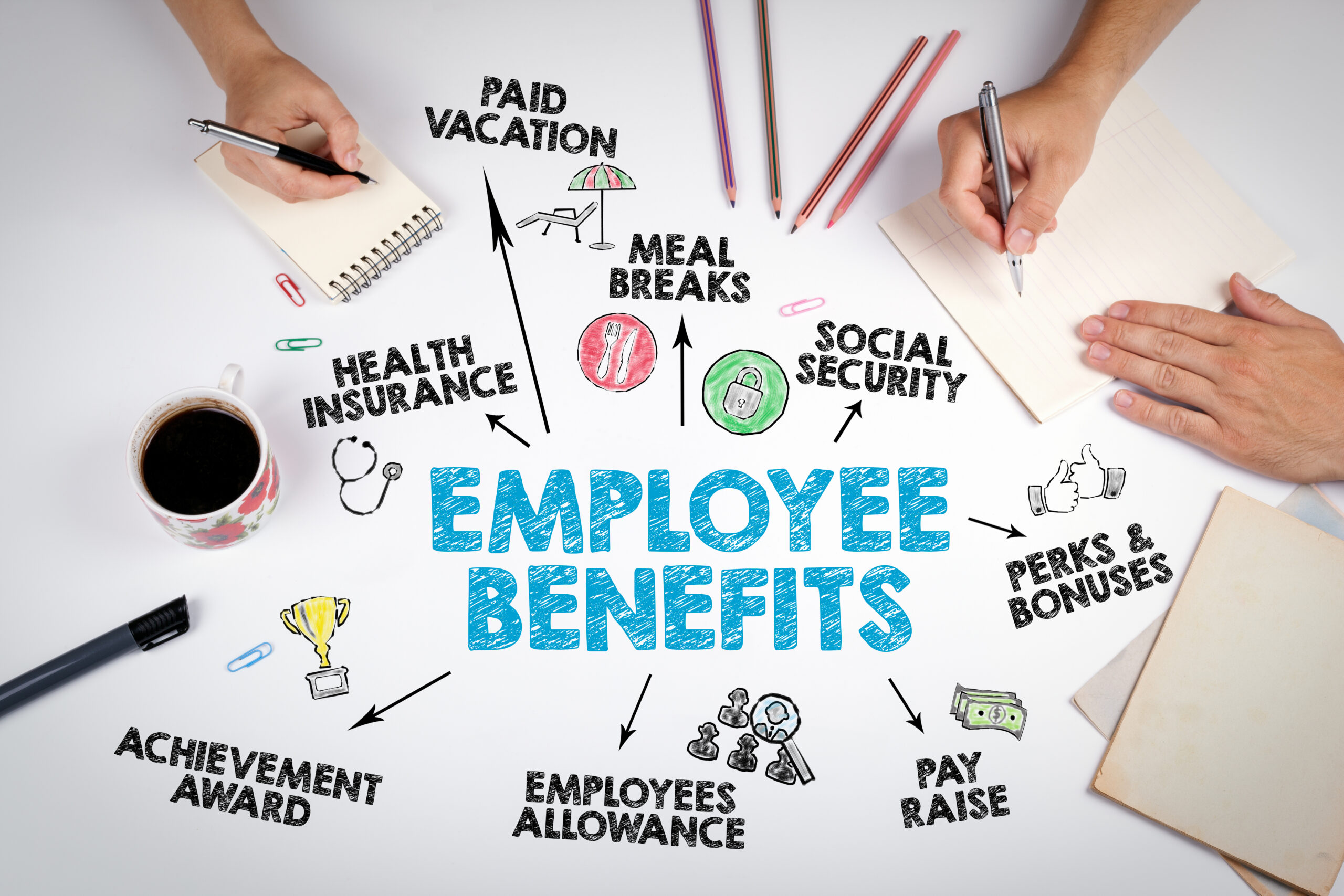“There is one rule for the industrialist and that is: Make the best quality of goods possible at the lowest cost possible, paying the highest wages possible.” – Henry Ford
In today’s highly competitive business landscape, compensation and benefits play a critical role in how an organization attracts and retains talent. The right compensation and benefits structure helps to create a work environment conducive to boosting morale, fostering loyalty, and encouraging top performance among employees. This blog provides a general overview of the compensation and benefits(C&B) field and the role C&B plays in attracting, retaining, and motivating employees. Let’s get started!
What is the compensation and benefits field?
Compensation and benefits (C&B) is a sub-discipline of human resources management that focuses on employee pay, benefits, and compensation strategy.
Why are compensation and benefits important in organizations?
A competitive compensation and benefits program is vital because it is directly associated with employee motivation, job satisfaction, and performance. Employees who are recognized for the value they bring to an organization are more likely to be motivated, loyal and higher performing than those who’re not. Also, a well-structured compensation and benefits program aligns employees with the company mission and gives employees a greater sense of purpose
What is employee compensation?
Compensation is a reward paid to employees for their labor in organizations. It is usually monetary and is composed of different kinds of compensation. Examples include hourly wages, salary, performance bonuses, and sales commissions. Moreover, benefits are non-monetary rewards given to employees for their work.
Total compensation offered to an employee can be broken down into the following:
Direct compensation
Direct compensation is paid directly to employees in exchange for their labor. This includes hourly wages to set salaries, bonuses, tips, and commissions.
Indirect compensation
Indirect compensation refers to the various forms of non-monetary pay offered to employees. Examples include childcare, a company car, a mobile phone, etc.
Intangible compensation
Intangible rewards refer to non-material awards provided to an employee that does not have inherent financial value. These awards recognize employee contributions—a typical example used by companies is “employee of the month.”
What are employee benefits?
Employee benefits are any indirect compensation paid to employees over and above regular salaries or wages. There are three main types of employee benefits:
- Government-mandated benefits
- Industry-standard benefits
- Fringe benefits or perks
The most common benefits are medical, disability, and life insurance; retirement benefits; paid time off; and fringe benefits.
Examples of Employee Benefits

Health insurance
Health insurance covers the cost of visits to see your primary physician, specialists, and other medical providers. It also covers when you get health care services at a hospital, whether for emergencies, surgeries, outpatient care, procedures, or overnight stays.
Paid time off
Paid time off (PTO) is a company policy that combines vacation, sick and personal time for employees to use as paid time off. In most cases, PTO is accrued over some time and is credited to an employee’s bank of hours each pay period.
Retirement plan benefits
Retirement planning refers to financial strategies for saving, investing, and ultimately distributing money to sustain oneself during retirement. Many popular investment vehicles, such as individual retirement accounts and 401(k)s, allow retirement savers to grow their savings with certain tax advantages.
Flexible work schedule
A flexible work schedule is an alternative to the traditional 9 to 5, 40-hour work week. It allows employees to vary their arrival and departure times.
Dental Insurance.
Dental Insurance helps plan members and their dependents pay for eligible dental expenses. Dental Insurance coverage varies and is often quoted based on the needs of the employer.
Vision insurance.
Vision insurance is a type of health insurance that covers part or all of the costs of eye exams, eyeglasses, and contact lenses.
Life insurance.
Life Insurance can be defined as a contract between an insurance policyholder and an insurance company, where the insurer promises to pay a sum of money in exchange for a premium, upon the death of an insured person or after a set period.
Paid family leave
Paid family and medical leave (PFML) refers to partially or fully compensated time away from work for specific and generally significant family caregiving needs, such as the arrival of a new child, the serious illness of a close family member, or an employee’s severe medical conditions.
What is a compensation and benefits strategy?
The compensation strategy outlines an organization’s pay and benefits structure for employees. A compensation strategy involves a combination of different forms of compensation aimed at achieving three main goals:
- Attract talent
- Retain top performers
- Motivate employees
Developing a compensation strategy encourages employees to align their efforts toward achieving the company’s objectives. Compensation is also used to motivate employees to work at their peak performance and improve morale.
What is the role of the compensation and benefits manager?
Compensation Managers direct an organization’s compensation program. This is done by conducting job analysis, designing job descriptions, and administering salary surveys. In addition, the compensation and benefits manager is responsible for ensuring fairness, legal compliance, and alignment with company values and goals.
What skills should a compensation & benefits manager have?
To be successful, compensation and benefits should have the following skillset:
- Leadership skills
- Analytical skills
- Technical literacy
- Industry knowledge
- Communication
- Data analysis skills
- Decision-making & Problem-solving skills
- Knowledge of legal policies
“If you hire good people, give them good jobs, and pay them good wages, generally something good is going to happen.” – James Sinegal
In today’s competitive business landscape, it’s more important than ever to have a strong compensation and benefits package. The right compensation and benefits structure can help create a work environment that boosts morale, fosters loyalty, and encourages top performance among employees. If you’re looking to attract, retain, or motivate employees, make sure you have a solid compensation and benefits plan.
Thank you for reading our article!
TimeWellScheduled is a secure online time and attendance software that is 100% tailored to meet your scheduling needs! In addition, TimeWellScheduled facilitates employee attendance tracking & payroll tasks and enhances staff management capabilities. Plus, our service is free for up to 10 employees!
Click: here to download our (Excel) employee scheduling template; IT’S FREE!





